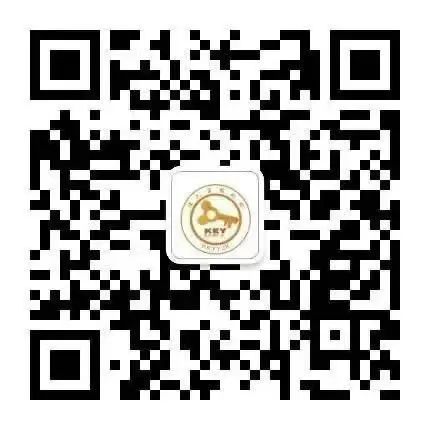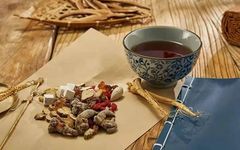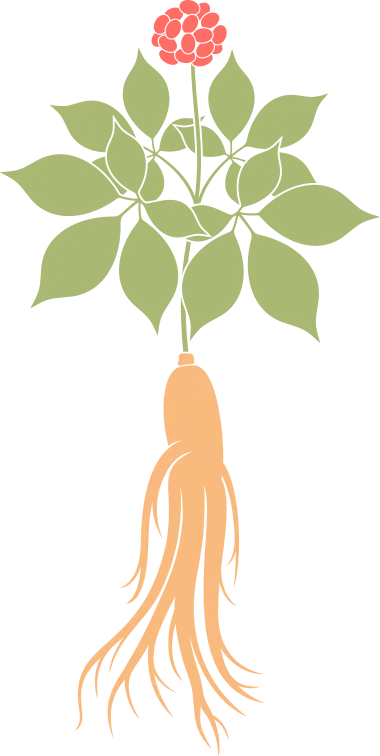
Understanding Traditional Chinese Medicine Decoctions
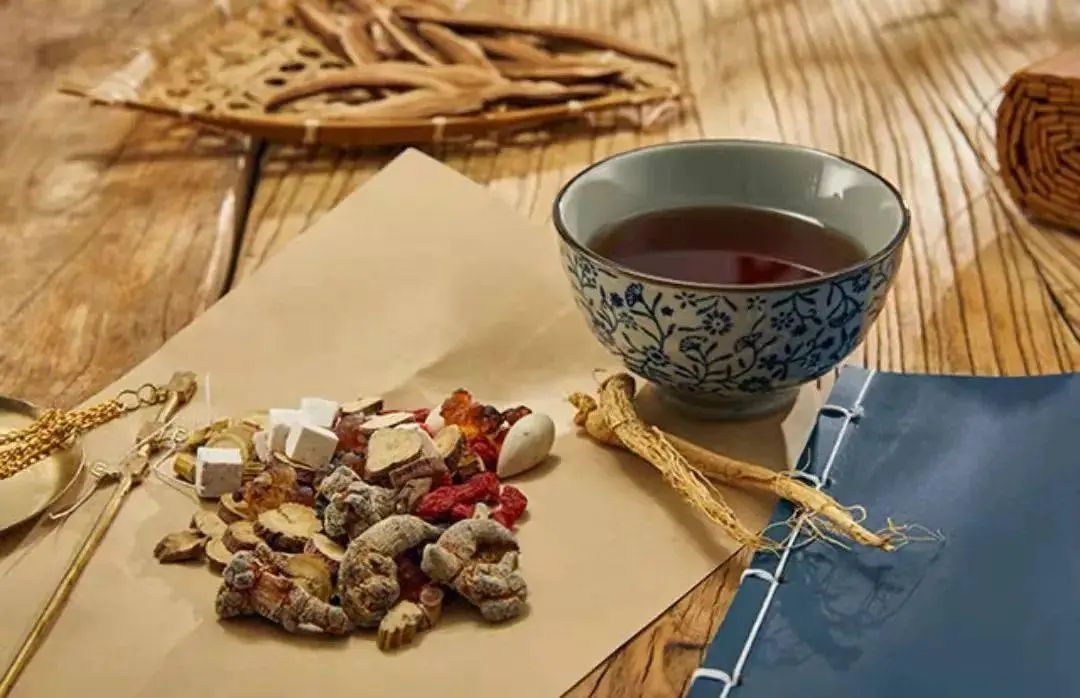
“Decoction is a method to eliminate major diseases.”
Traditional Chinese Medicine (TCM) decoctions are one of the traditional forms of Chinese medicine, historically referred to as “tangye” (汤液), which refers to the liquid preparation obtained by boiling medicinal herbs in water to extract their essence. It consists of TCM prescriptions, herbal pieces, and decoction techniques. Decoctions can be adjusted according to the specific symptoms of the patient, making it a personalized treatment, which is more precise. If the diagnosis is accurate, the efficacy of the medicine is strong and suitable for complex conditions.

1. TCM Decoctions VS Herbal Teas, Granules, Powders, and Patent Medicines
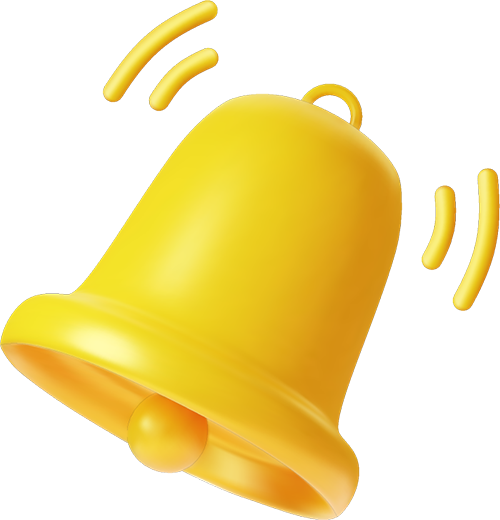
Characteristics of TCM Decoctions
1. They can adapt to the needs of TCM diagnostic theory, allowing for flexible adjustments in the composition and dosage based on changes in the patient’s condition;
2. They are compound preparations that help to fully utilize the multi-functional and synergistic effects of the medicinal components;
3. Decoctions are liquid preparations that are quickly absorbed, allowing for rapid efficacy;
4. Water is used as a solvent, making it inexpensive and readily available, with no irritant or side effects;
5. They are simple and easy to prepare.
However, there are some drawbacks:
1. The volume of the decoction is relatively large and may taste bitter;
2. They are often prepared fresh and not suitable for large-scale preparation;
3. They are prone to mold and fermentation and cannot be stored for long periods.
|
|||
|
|||
|
|||
|
2. Maximizing the Efficacy of TCM Decoctions Starts with Correct Preparation Methods
1
Decoction Utensils
Clay pots or earthenware are preferred, stainless steel pots are also acceptable, but avoid using copper, iron, or aluminum utensils, as their unstable properties can chemically react with the herbs, affecting efficacy.
2
Pre-soaking
Soaking in clean water before decoction helps to extract effective components. Generally, a soaking time of 30-60 minutes is appropriate, with 60 minutes for seeds, fruits, and roots. In summer, the soaking time can be shorter; conversely, in winter, it can be longer. The soaking water should be at room temperature or warm (25℃-50℃).
3
Decoction Methods
Generally, herbs can be decocted together, but some herbs require different decoction times due to their properties and clinical uses.
(1)Pre-decoction: To increase the solubility of the herbs, reduce toxicity, and maximize efficacy. For example: ① mineral and shell herbs; ② toxic herbs, etc.
(2)Post-addition: To reduce the loss of volatile oils and prevent degradation of effective components. For example: ① aromatic herbs like mint and cardamom; ② those not suitable for long decoction.
(3)Bag decoction: ① Small seeds like Plantago seeds and Lepidium seeds can stick to the pot, making it difficult to filter the decoction; ② herbs that may overflow or settle, like cattail pollen, indigo, and sea silk; ③ hairy herbs like Inula flowers and loquat leaves can irritate the throat if not bagged, causing cough and vomiting. (4) Separate decoction: Some precious herbs like American ginseng and Cordyceps should be decocted separately or ground and taken with the decoction to avoid waste. (5) Melting: For gelatinous or sticky herbs, to avoid sticking to the pot or other herbs, they can be melted in water or yellow wine before being taken with the decoction; or added to the decoction after melting, such as donkey-hide gelatin and antler glue.
4
Dosage and Administration
Decoctions are generally taken once daily, decocted twice, divided into 2 doses, with an interval of 4-6 hours. They are usually taken warm; for malaria patients, they should be taken 2 hours before an attack; tonifying herbs should be taken before meals to aid digestion; herbs that irritate the gastrointestinal tract should be taken after meals to reduce irritation; and anthelmintic or laxative herbs, like senna leaves, should be taken on an empty stomach.
5
Decoction Precautions
(1)Generally, do not wash herbs with water before decoction;
(2)Do not use boiling water for soaking herbs;
(3)A stronger decoction is not necessarily better;
(4)Stir frequently during decoction;
(5)Do not consume herbs that have deteriorated or burned during decoction.
6
Modern Decoction Methods: Machine Decoction
Modern machine decoction is guided by TCM theory and traditional decoction techniques, utilizing modern scientific technology to explore the settings, functions, and technical specifications of machine decoction, achieving decoction quality that maximizes the medicinal properties and ensures the safety and efficacy of the decoction.
According to the “Shanghai TCM Industry Decoction Quality Management Standards” 2022 edition, the decoction dosage is determined separately for children and adults. Generally, children receive 100-300 ml per dose, and adults receive 300-400 ml per dose, with each dose divided into two equal parts. If the physician prescribes a different dosage, follow the physician’s instructions.
3. Our Pharmacy’s Convenient Services — Optimizing the Process of Herbal Dispensing and Decoction
To provide patients with a better medical experience and sense of access to healthcare, the Pharmacy Department of Shanghai Pudong New District People’s Hospital has been solving practical problems for patients for many years, continuously launching various convenient services to truly allow patients to “see a doctor with less hassle and take medicine with more peace of mind.”
Recently, the Pharmacy Department has further optimized the management of herbal dispensing and decoction registration processes to reduce patient waiting times and avoid unnecessary trips, aiming to enhance pharmaceutical service capabilities and assist patients in their medical needs.
1. Choosing Self-Decoction
In the past, after patients consulted, they had to pay first, then take the prescription to the herbal pharmacy for registration, and wait in line to collect the medicine. This traditional “waiting for medicine” method resulted in an average waiting time of about 30 minutes, reaching 1-2 hours during peak times. To reduce patient waiting times, our pharmacy has implemented an automatic herbal dispensing system, allowing patients to collect their medicine after payment, with a maximum wait time of no more than 15 minutes, making the process of seeing a doctor and collecting medicine “easier,” and eliminating long queues at the herbal pharmacy.
2. Choosing Herbal Decoction Services
More and more patients are opting for herbal decoction services due to various reasons such as not knowing how to decoct, not wanting to decoct, being in a hurry, or finding the herbs too heavy to take home. Let’s take a look at the specific process.

Specific Process:
Issuing a prescription for herbal pieces — paying for herbal pieces and decoction fees — registering personal delivery information at the herbal pharmacy window — waiting for delivery.
01
Processing: Based on patient preferences, they can choose “self-decoction,” “self-pickup of decoction,” or “delivery of decoction.” If delivery is needed, they can fill in the delivery information at the herbal pharmacy window (1st floor, Building 3). Patients visiting the TCM treatment center can register directly at the nurse’s station.
02
Fees: Delivery is free in Jiangsu, Zhejiang, and Shanghai. After the physician issues a herbal prescription, patients only need to pay for the herbal medicine and decoction fees. Outside these areas, only dry herbs can be delivered, but patients must bear the shipping costs.
03
Delivery Time:
(1) For express delivery: Patients who complete information registration at the herbal pharmacy before 16:00 will receive their delivery the next day at the registered address.
(2) For self-pickup: Patients who complete information registration at the herbal pharmacy before 16:00 can pick up their decoction the next day after 8:30, with the receipt or insurance card.


Follow Us
